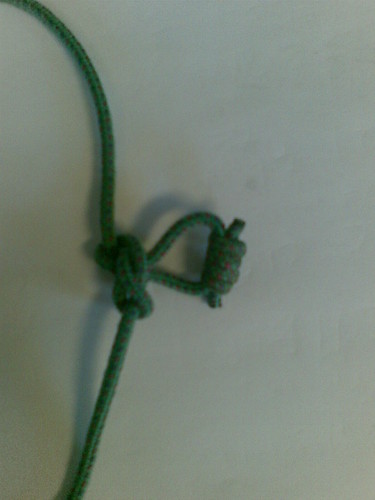ACT recommends tying a "normal" fig-8 in the top rope and then threading the lower rope into the knot where the loop come out and following your nose around the knot and out the top (if you see what I mean). I've used this method quite a lot and it seems excellent. Easy to add rope in mid air, uses relatively little rope, compact knot, loop conveniently placed, easy to undo and (according to ACT) is OK even for ropes of different diameter. I was worried a bit about this last point, so I tested it at the top of a 54 metre pitch on expedition this summer 8)
Actually I did stop the bottom rope off just to be sure, but there was absolutely no sign of any creep despite all the traffic it was exposed to. I think the reason it's secure (as opposed to threading back through a single fig-8 which is NOT secure for ropes of different diameter) is that three ropes "bunch" together much better than two, giving higher internal friction in the knot.
Mark



